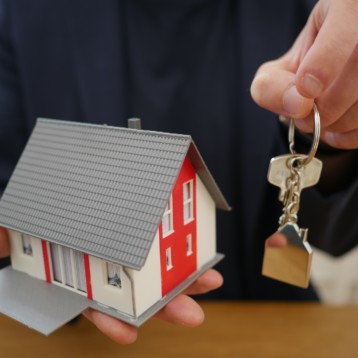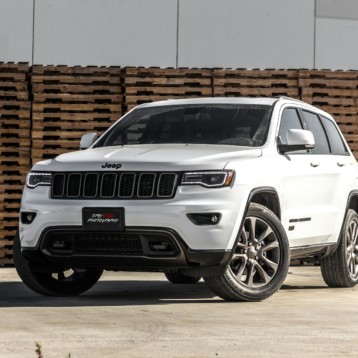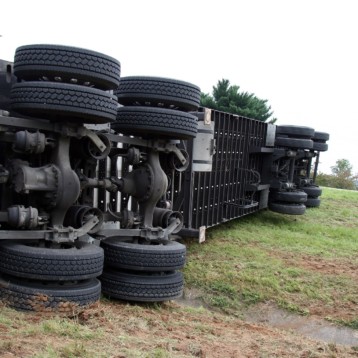
Very few doubt the digital era is well under way now. Smart TV sets, vacuum-cleaning robots, surveillance cameras, access control systems, etc., speak in favor of digital transformation. They have already become a part of everyday life. But do the digital technologies appear to be really good at the turn of the material and virtual world? The greater amount of smart things is co-opted by my house, the more sophisticated the control of this digital world becomes.
The problem of remote controls describes this issue in the best way. About 10-15 years ago, you had about 3-4 remote controls, on your coffee table, for several devices – TV set, DVD player, satellite receiver, stereo system, etc. – and it caused lots of problems. Identify the remote control, monitor the batteries, remember each button function – you had to do all the routine actions. Universal remote controls were sophisticated and inconvenient as well – just recall the comic episode at the Ozzy Osbourne reality show.
It would be good to say the humanity has solved the remote control problem. But a new enemy embodied in smart devices appeared to replace this. In my house, I have a vacuum-cleaning robot, a video surveillance camera, a smart lamp in combination with multimedia speaker, and a programmable power outlet. There are not so many but enough to get a headache controlling the devices that are not too smart.
Problem 1. Incompatible control panels
The brand owners’ desire to obtain more profit from customers results in the devices of one brand are incompatible with those of another one. And general users have to install as many control applications as the number of smart devices they employ. For instance, I’ve purchased a new surveillance camera recently, and now I have to use a separate control panel for each of my remote cameras. And I was not able to configure universal control hub as soon as a manufacturer of each camera hides the user system settings of the device.
Problem 2. Via cloud control
Various devices require the Internet connection for communication and control. It is convenient, though it poses some risks as well, like:
- Nobody can guarantee 100% resource availability. E.g., some Amazon cloud services users came across availability issues when Roskomnadzor started blocking access to a number of IP addresses of the Amazon company.
- The withdrawal of support for cloud servers turns all server-related devices into a useless junk.
Problem 3. Wireless technologies’ dominance
Manufacturers of digital gadgets put efforts to deliver more wireless devices, which leads to serious interference of radio frequency range and reduces the reliability of such solutions. Security and fault tolerance of wireless solutions is decreased. Wi-Fi is not a sufficiently protected data transmission channel any longer. And any radio communication channels can be easily jammed even by the interference of household devices.
Problem 4. Dependence on battery power sources
Top-notch UI/UX design imposes using charging devices for multiple gadgets non-stop. However, this poses a problem of maintenance and batteries replacement. As for me, I believe I soon will have to throw the half of my smart devices away since they are equipped with non-removable batteries.
Problem 5. Simplified approach
While studying some comprehensive customer solutions for smart homes, it appears that the only issue the manufacturer offers to solve is to switch off the light and power supply of various devices remotely. A lot of “smart” lamps and teapots contrast severely with the real tasks the country house owners are facing.
I planned to own a smart home, and now I have one. Eventually, it convinced me that numerous devices are toys unable to solve real problems, such as:
- To integrate heating, ventilation, and air-conditioning systems with temperature and humidity control sensors for full climate control in all the house premises
- To simulate automatic security system based on surveillance cameras and security sensors
- To use additional sensors (smoke, carbon monoxide, water leakage detection sensors, etc.)
- To integrate all the sensors and devices into a unified control system
Sad but true, you cannot just go to a store and buy all the required components for a smart home system to model your personal smart home system. You will have to either consult the specialists to opt for the custom web application development services or try to build and configure a system based on open-source solutions.
I’ve picked 1-Wire design while searching. This solution meets most of the above-listed requirements. It is based on the data transmission technology when the data is transferred via a single cable with all the sensors, controllers, and control devices integrated sequentially. The monitoring and control of the devices unit is carried out via the dedicated web-server that you will have to install locally in your home and equip it with the control panel. In case you do not have enough engineering experience and skills, you can contact specialists developing and delivering solutions based on 1-Wire technology. This is definitely not the only fitting technology. It’s just an example of a really flexible solution with a developed infrastructure of suppliers, a component base, consultants, and integrators.










